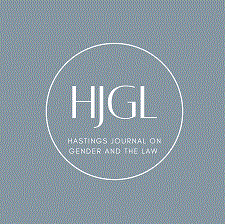
Abstract
Formal barriers to entering legal education and the legal profession have crumbled over the past twenty-five years, but serious problems of gender and racial bias remain. Although the numbers of women and people of color who are law students, professors, and practitioners have increased dramatically, equal access across gender and racial lines to educational and work opportunities will require institutional and perceptual change in schools and the workplace. Today's problems may be more subtle than earlier issues of explicit and intentional sexual and racial discrimination, but they are just as real. Although female law students have achieved near parity with males in numerical terms, recent studies indicate that significant qualitative barriers to their equal educational opportunity persist. And, even though non-white enrolment in law school has increased in past decades, people of color remain severely underrepresented. In addition, the number of female and non-white law school faculty members is growing, but the attainment of tenure remains elusive to many, as they are "ghetto-ized" at the lower echelons of the academic hierarchy. One of the many dramatic changes which has swept the legal profession over the past twenty-five years has been the growing number of women and people of color entering the practice of law. However, while law practice no longer is the exclusive province of white males, women and people of color as yet have not gained the levels of power and influence that their increasing numbers might suggest. Statistics regarding the rapid influx of women into the legal profession contrast sharply with the slow growth in the ranks of lawyers of color. Despite the fact that the number of women attorneys has increased sharply, they still lack representation in the top tiers of the profession, and lawyers of color lag even further behind.
Recommended Citation
Valerie Fontaine,
Progress Report: Women and People of Color in Legal Education and the Legal Profession,
6 Hastings Women's L.J. 27
(1995).
Available at: https://repository.uclawsf.edu/hwlj/vol6/iss1/2

